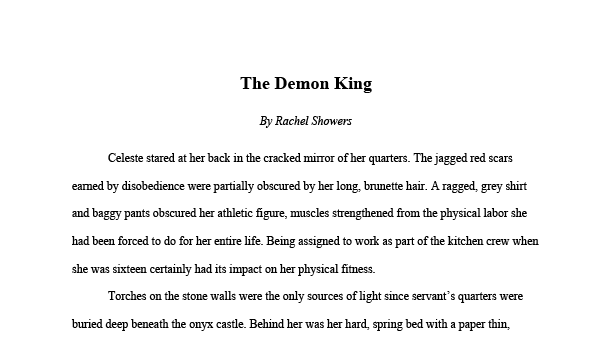The Christian Parthenon and its Pagan Roots
—Note: This is a research paper written for an art history class about Byzantine and Christian art.
—total Length: 16 Pages.
Summary:
—In this paper, I argue that the success of the Athenian Parthenon after its transformation into a Christian church results from the Athenian tradition of deep cultural roots and a desire to remember their own history. I use other excavated pagan works in Greek culture to support my thesis, along with descriptions of The Parthenon's Christian alterations compared to its original Pagan design.
—Note: This is a research paper written for an art history class about Byzantine and Christian art.
—total Length: 16 Pages.
Summary:
—In this paper, I argue that the success of the Athenian Parthenon after its transformation into a Christian church results from the Athenian tradition of deep cultural roots and a desire to remember their own history. I use other excavated pagan works in Greek culture to support my thesis, along with descriptions of The Parthenon's Christian alterations compared to its original Pagan design.
The Fall of the Rebel Angels
—Note: This is a research paper written for an art history class about Baroque Art.
—total Length: 11 pages.
Summary:
—In this paper, I explore the form and meaning of Luca Giordano's The Fall of the Rebel Angels. I argue that this painting was the result of the counter-reformation, along with the 17th century crisis in Italy. I assert that this piece was likely used by the Catholic Church—as its size and subject, suggests that it is an altar-piece—as a propaganda piece discouraging rebellion and promoting the triumph of the Catholic Church over Protestants.
—Note: This is a research paper written for an art history class about Baroque Art.
—total Length: 11 pages.
Summary:
—In this paper, I explore the form and meaning of Luca Giordano's The Fall of the Rebel Angels. I argue that this painting was the result of the counter-reformation, along with the 17th century crisis in Italy. I assert that this piece was likely used by the Catholic Church—as its size and subject, suggests that it is an altar-piece—as a propaganda piece discouraging rebellion and promoting the triumph of the Catholic Church over Protestants.
Theater scenes on Greek pottery
—Note: This is a research paper written for an art history class about The Methods of Art History.
—total Length: 18 pages.
summary:
—In this paper, I argue that the tragic theater scenes on Attic pottery excavated in Southern Italy reflect the spread of Athenian culture to Southern Italy. I also argue that the scenes on Attic pottery transform over time to fit into Italian culture.
—Note: This is a research paper written for an art history class about The Methods of Art History.
—total Length: 18 pages.
summary:
—In this paper, I argue that the tragic theater scenes on Attic pottery excavated in Southern Italy reflect the spread of Athenian culture to Southern Italy. I also argue that the scenes on Attic pottery transform over time to fit into Italian culture.


